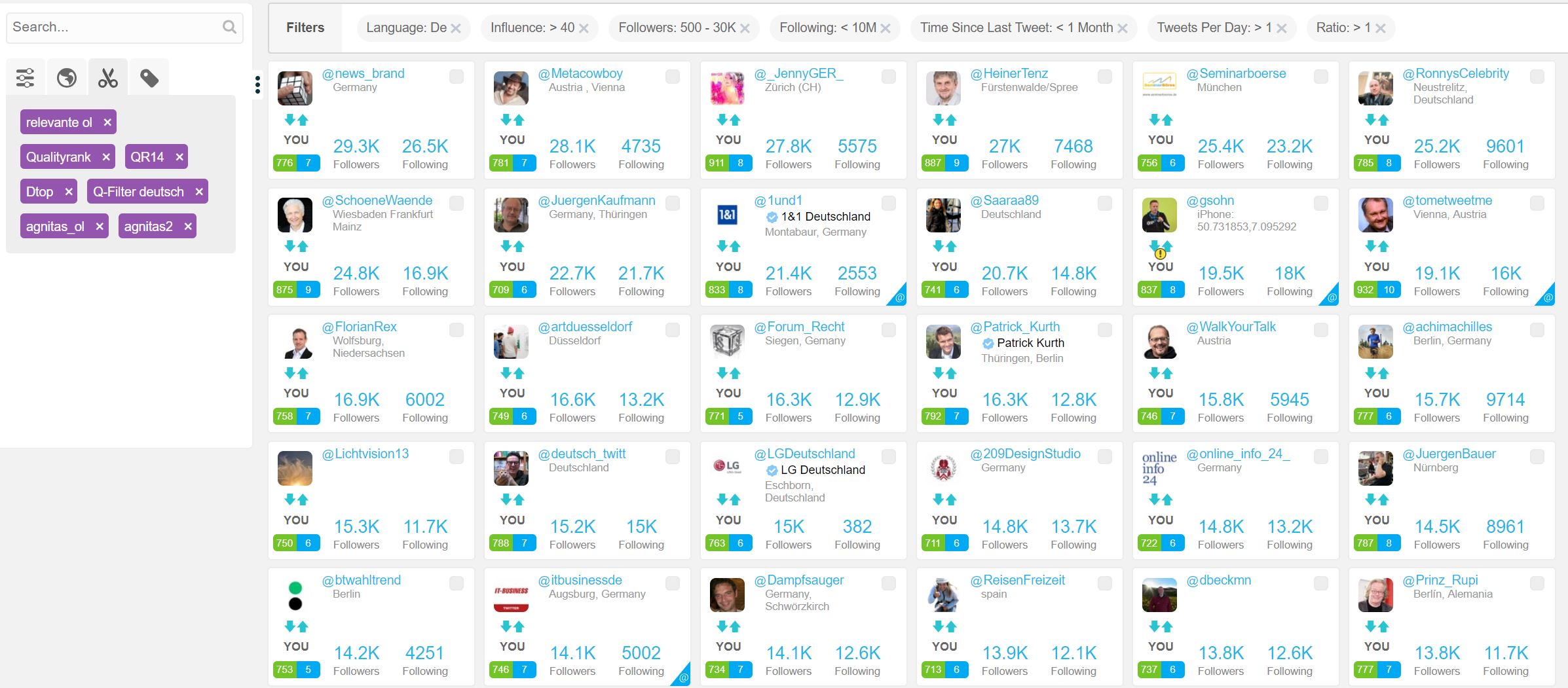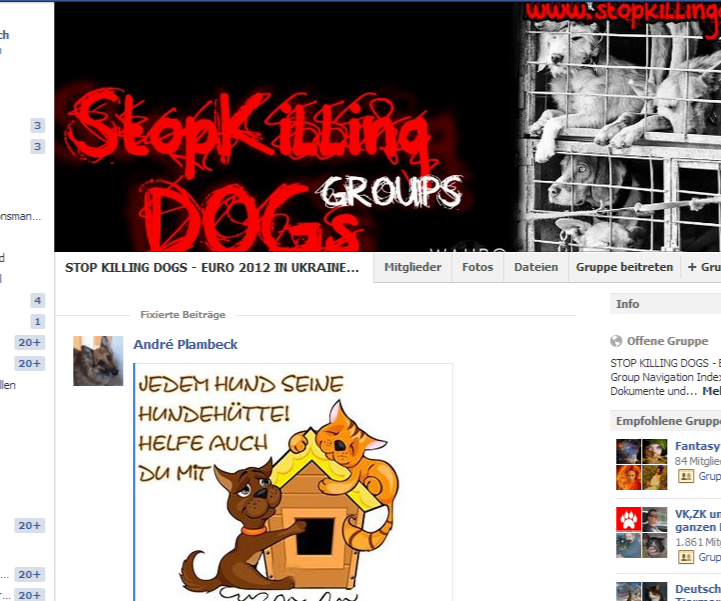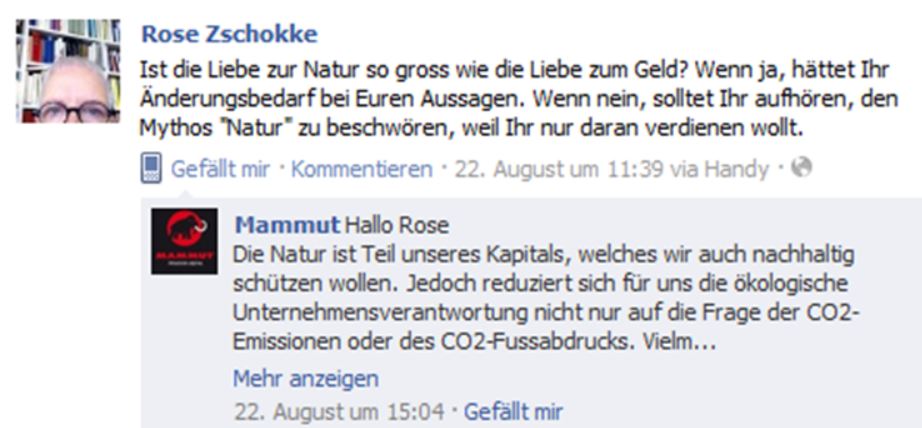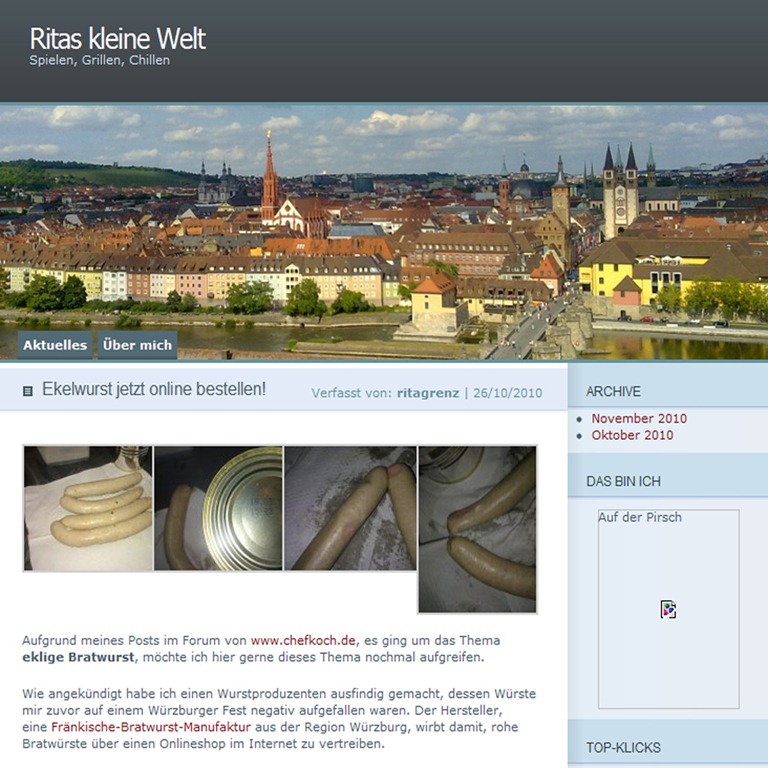“It takes twenty years to build a reputation and five minutes to destroy it.” This realization of the US stock exchange guru Warren E. Buffet is more valid today than ever. Nine out of ten German executives want to know what information is available about them on the Web, but only one in three regularly follows their image on the Internet. Reputation management helps on the one hand to avoid image crises and declines in turnover or to cope with them quickly. On the other hand, it helps to improve the findability of the company on the Internet by communicating a clear value model and by strategic issue management.
The two essential elements of reputation management have thus already been named: Image building through storytelling and image protection through crisis prevention and crisis communication. Both require a forward-looking and sustainable communication policy.
Reputation management and the power of opinion in the Internet
The reputation of a company is roughly fed by two factors: on the one hand by the evaluation of the company itself and on the other hand by the evaluation of its products, services and employees, especially its management.
When it comes to obtaining information, the Internet leads the media canon. This is already evident from the enormous importance that the Internet has today for researching journalists, i.e. for the “classical” media: Almost 50 percent of journalists today discover their topics on Twitter, and almost 40 percent each on Facebook or other social networks.
About 40 percent of media workers also do research on YouTube. And among consumers, i.e. readers and viewers, the situation is no different: 70 percent of young adults visit portal sites (such as Google News), 60 percent visit websites of TV stations, 50 percent visit online offerings of online opinion makers (e.g. bloggers), 40 percent visit online offerings of traditional newspapers.
The strong power of the web is fuelled by rating portals and other online platforms. More and more consumers are avoiding traditional advertising. It therefore makes sense that around 50 percent of all consumers take personal recommendations into account when making purchasing decisions.
Among online users, this proportion is as high as 90 percent. This increases the relevance of rating pages. The employer rating portal kununu must also be mentioned in this context. Today, qualified new employees who do not use this portal to pre-select their favourite employers are increasingly seldom recruited.
Reputation management and image communication
As part of modern social monitoring, vibrio integrates three monitoring concepts:
- Issue Monitoring
- The topic analysis covers the topics of the time discussion in the industry or in the business environment.
- Issue monitoring provides the topics on which vibrio brings its customers into conversation and into the media.
- Stakeholder monitoring
- The partner analysis records the statements of the partners and relevant multipliers (media, social media opinion leaders). We try to establish direct partnerships with the new opinion makers in blogs and on Facebook as well as with journalists.
- The key players relevant to the customer are defined on the basis of existing relationships, but also with tools such as “SocialBro” and “Blogoscoop”.
- Brand Monitoring
- The brand analysis records statements about company and product brands in print media, on the Internet and in social media. This means that we become aware of communication crises at an early stage.
Successful reputation management via the Internet and social media requires clearly defined processes. These range from Google-optimized press releases and alert processes in monitoring to established blogger and Twitterati programs and social media events.
Reputation management and crisis communication.
“When the crisis comes, it’s usually too late.” This sentence is doubly valid: On the one hand, forward-looking image communication on the Internet is very helpful in avoiding crises. The more established a brand is on the web, the more difficult it will be for critics and trolls to dominate online communication: Attacks that Google cannot find will not trigger a crisis! On the other hand, a pre-defined crisis strategy makes it easier to react to sudden crises.
Internal responsibilities and communication channels, partly also concrete contents and statements, can and should be defined before a crisis occurs. Then typical reputation crises, such as the ones that follow, can be expected with relative reassurance.
The Example “The Dogs of Ukraine”
At the end of 2011, UEFA sponsors such as adidas, Carlsberg, McDonald’s, Castrol, Canon, Sharp, Continental, Coca-Cola and Hyundai published thousands of postings on Facebook pages with protests against alleged dog killings in Ukraine, the venue of the European Football Championship 2012.
Under headings such as “Football on Bloody Turf”, pictures and videos of poisoned dogs in agony, mobile incinerators and pits with dog bodies were shown. The sponsors of the European Championship were blamed for this scandal: Whoever supports the EM as a sponsor also supports the dog killings in the host country, which are carried out to present the country immaculately and cleanly.
The branded companies reacted very differently to this “Shitstorm”: Hyundai didn’t even notice the protests on its own site at first, then deleted the comments and abandoned the site. Continental responded and then deleted “unfair” criticism and left others untouched. Adidas took up the criticism, took a stand for the critics and positioned itself as their spearhead.
The further course of the campaign has shown some basic rules for reputation management:
- Responding quickly is a must. That’s why professional crisis PR is needed.
- There are always several appropriate strategies.
- Every strategy must be credible and fit into the overall picture of corporate communications.
- Sometimes you can accept criticism.
- You always have to take criticism seriously.
- In any case, you have to show willingness to discuss.
- You can defend yourself against unfair criticism.
The Example “Mammut”
The importance of general credibility is also particularly well illustrated by the example of the Shitstorm around the Swiss outdoor goods manufacturer Mammut: In 2011, Mammut committed itself to a campaign by the umbrella trade association Economiesuisse against a new CO2 law.
The starting point was a corresponding statement on the association’s website. In the past, however, Mammut had positioned itself strongly in ecological terms. That’s why a customer got annoyed and formulated this annoyance in a short tweet, which in turn led to numerous other tweets and critical comments on Mammut’s Facebook page.
The company had a proper monitoring system and responded quickly to the postings with several comments. But Economiesuisse’s support of the campaign was justified with ready-made text modules. Also, the justification postings were not signed by name. As a result, the critics accused Mammut of hiding behind anonymous structures and being unaware of the accusations.
In fact, you have to react in such situations with individual statements. And a personal sender must always be recognizable. Critics want to talk to people, not anonymous companies. Above all, however, support for the Economiesuisse memorandum stood in sharp contrast to the ecological image that has been cultivated to date. The credibility conflict was foreseeable. After several days, Mammut declared his withdrawal from the list and publicly apologized.
The Example Bratwurstmanufaktur
A particularly beautiful learning example to the topic crisis communication realized vibrio chief Michael Kausch some time ago with students of the Fachhochschule Würzburg-Schweinfurt. In the Internet the behavior of a typical Trolls was shown. The students should thereupon find out the action possibilities of an attacked enterprise. Here it goes to the Troll role play.
Even when formulating and communicating an eco-oriented corporate mission, one must be aware that campaigns that place profit orientation above aspects of sustainability and environmental protection can never be considered for one’s own company again.
It must therefore be clarified at an early stage whether an environmentally oriented sustainable corporate policy can be implemented. In case of doubt, it is better to do without quick image successes as an environmentally oriented company than to expose oneself to credibility deficits.
(Translated with Deepl.com)
Summary: What is Reputation Management?
Reputation management combines active image communication, which also uses the Internet and social media, with a forward-looking crisis strategy and rapid crisis communication. It combines modern issue, stakeholder and brand monitoring as part of a storytelling strategy. It requires long-term personal contacts to traditional and new social media.
Reputation management is theme-driven. That is why modern PR agencies are the right partners for every form of reputation management.
We continuously publish numerous concrete and current tips and tricks on reputation management in our newsletter, on our blog and in various lectures.





